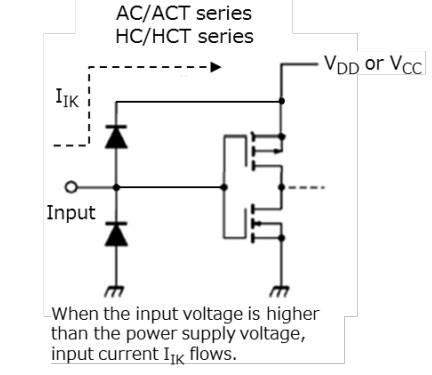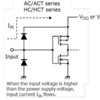I have a TIU Rev L that needs repair. It seems that the Fixed Voltage 1 function that communicates with the engines has failed. It communicates fine with the WiFi unit/smartphone and with the old hand held remote, but is unable to find or add any engines. The track power is fine. I have tried resetting the TIU and the old remote to no avail.
I did some work on it to see if it was a component I could replace. I found that the 3 pin 5 V regulator (7805) (U363?) was very hot and the output was not at 5V (I think it was around 3 V) so I replaced that. After replacement, the output was 5V but it was still getting hot and still not communicating with the engine. So I shut it back off. My guess is that there is a short or failed component that is drawing excessive 5V current, and that is what burned out the original 7805 5V regulator.
Prior to the failure of the TIU, I had some problems fuse 554/555 blowing, but I think that might have been a mistake in how I had the power inputs hooked up.
I also noticed that the 5 pin voltage regulator(LM2577, U240) is getting warm, but the voltages coming out of that seem to match those of the other TIU that I have which is fully functional.
I did replace the FETs on this TIU a few months back when one of the variable power channels was not working. That resolved that problem.
I do have some of the power components on hand that I ordered previously and can order more it appropriate. But with no schematic I don't want to do anything more without some guidance. I am also OK sending it to an authorized MTH repair person if appropriate.
Thank you
Walter Bell







